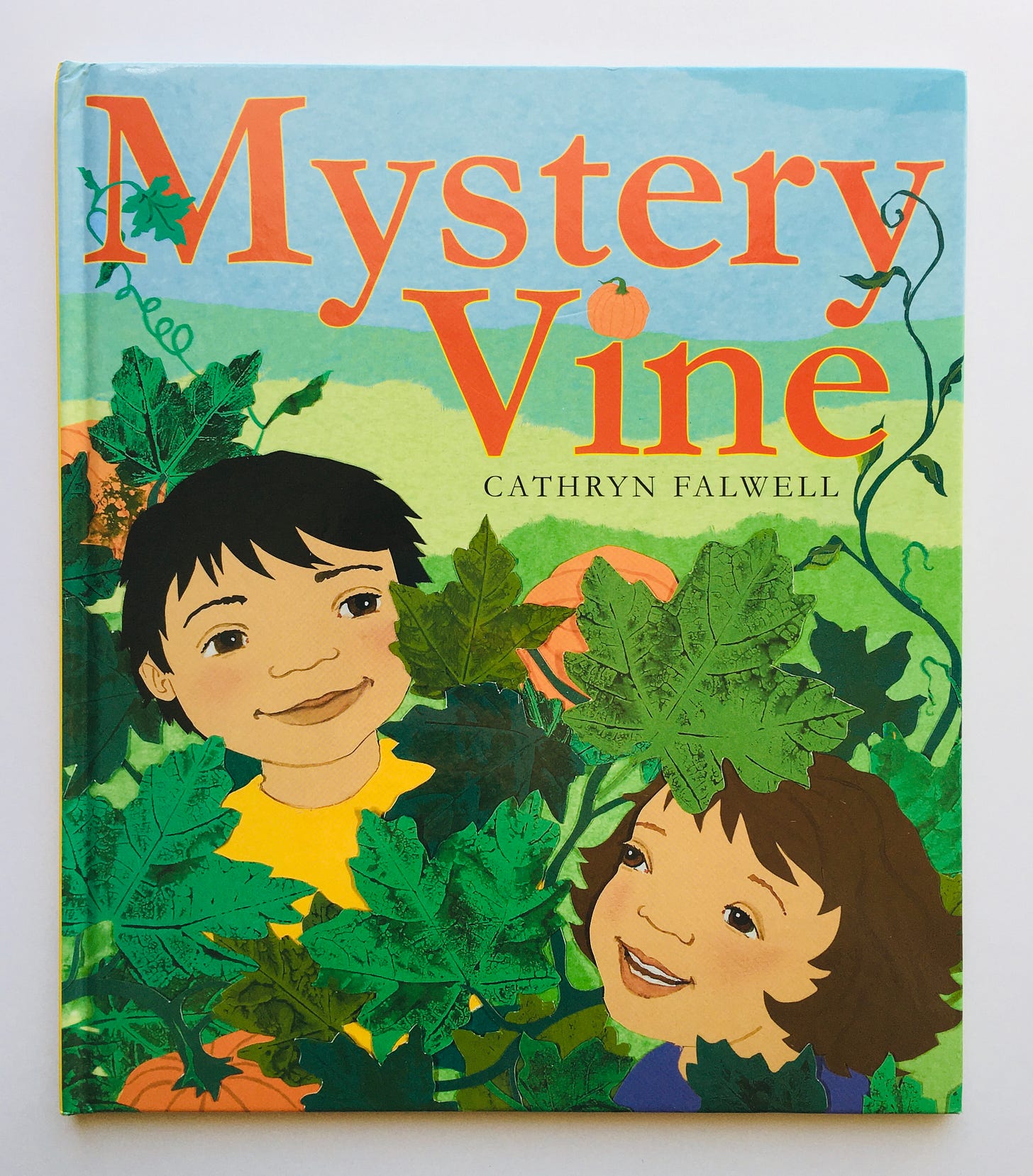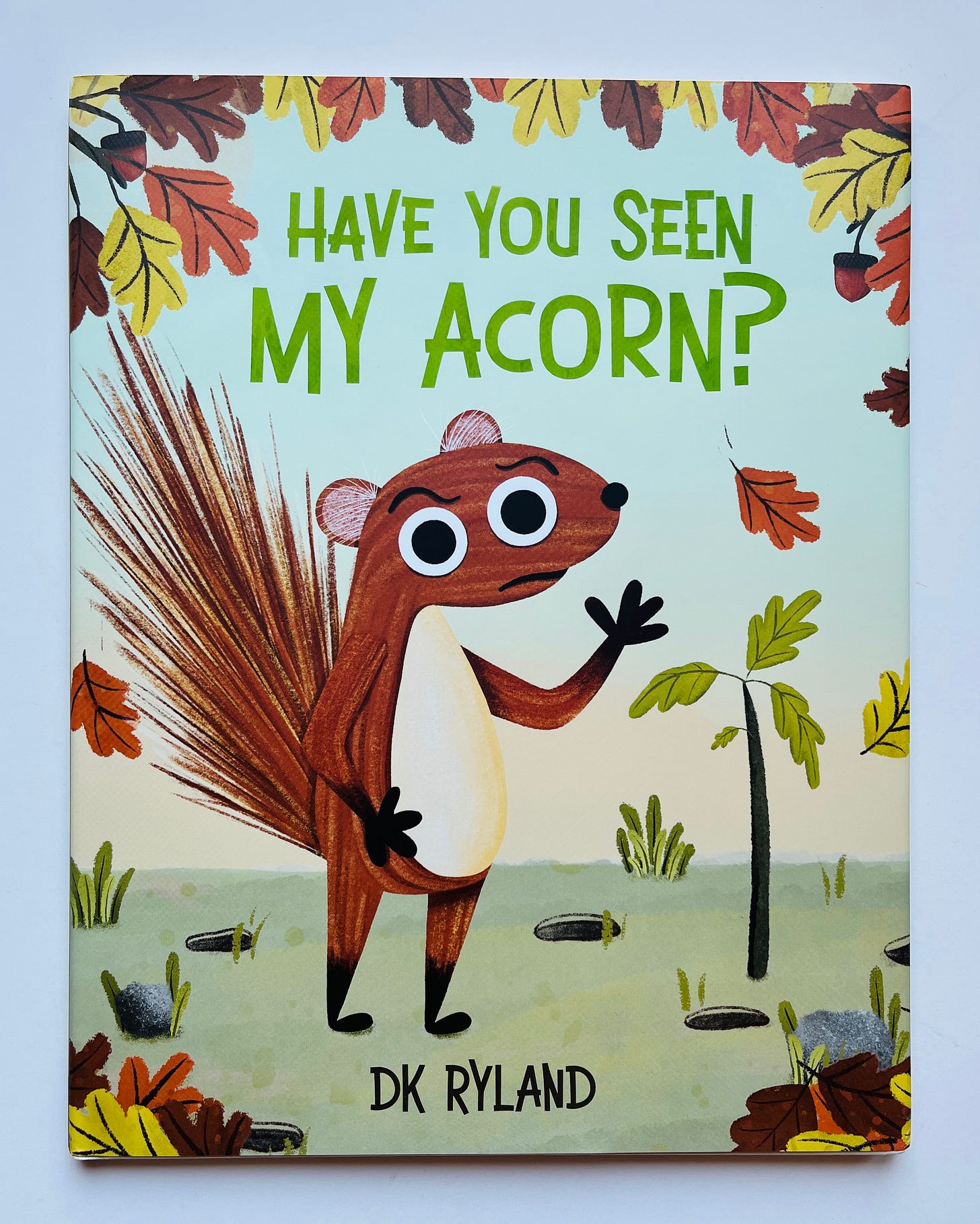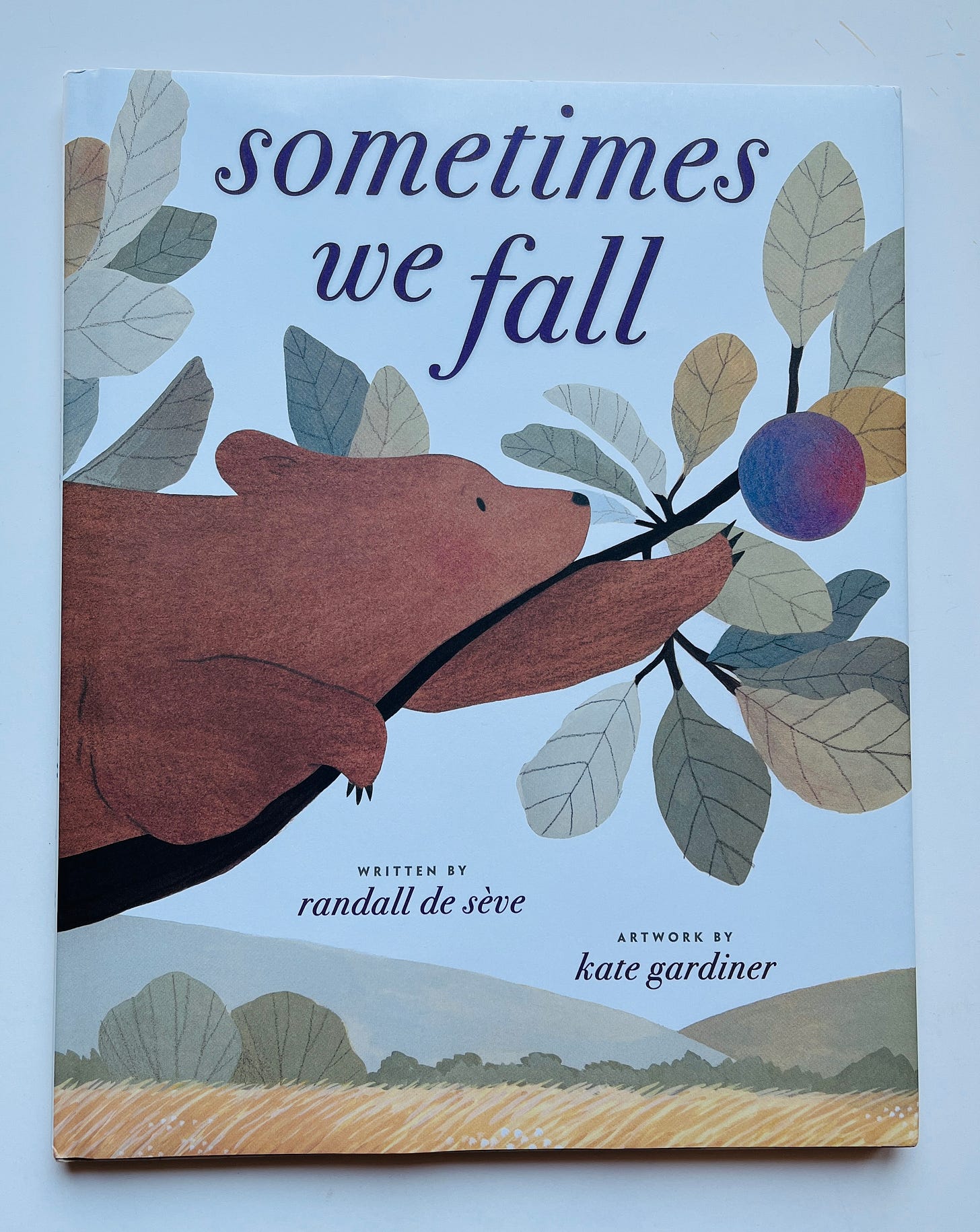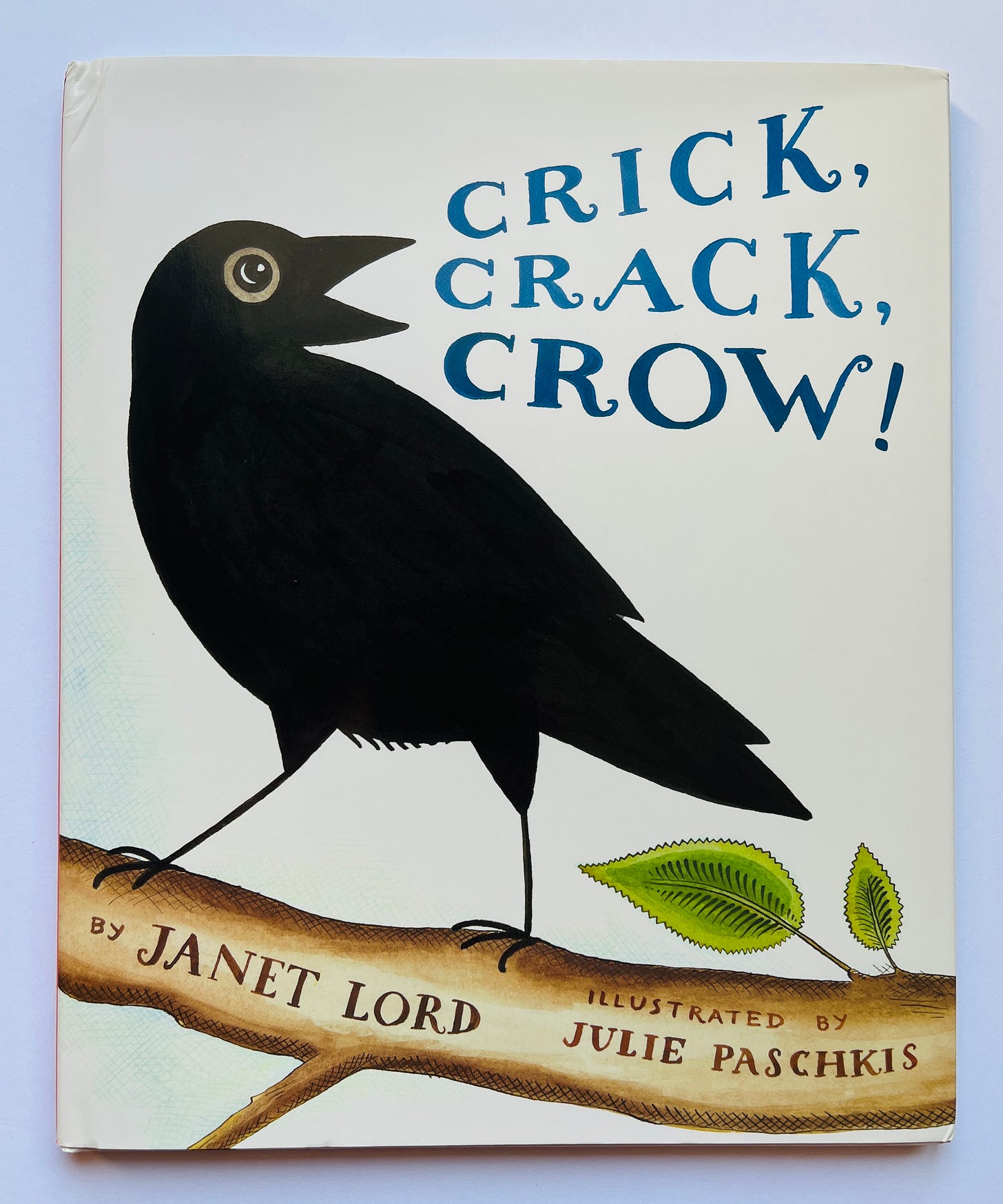Autumn is my favorite season, second only to winter, as it ushers in all the things I love the most: cool weather, wool sweaters, soup, the first time I can see my breath in the air in the early morning, the way the wind starts to burn my face a little when I’m on a long walk. I tend to agree with F. Scott Fitzgerald, who wrote in The Great Gatsby, “Life starts all over again when it gets crisp in the fall.”
That life can start all over again at any time is immensely appealing, but doubly so when there’s this feeling that abounds, one that seems like my real New Year’s, the time I resolve hardest to be a better person and am much more likely to actually succeed.
Of course, another thing I love is fall reading and all that comes with it — sitting beneath a couple of small warm bodies, laden with blankets, next to a stack of books, and possibly a fire in our fireplace if it’s one of those years where we’re having that kind of fall. My husband and I like to see how long we can go without turning on the heat, just relying on the fire and the aforementioned wool sweaters, a game of willpower, pluck, and outright denial that brings us great delight that our children vehemently oppose each year. (Our record is December 9th.) It creates for some pretty cozy reading situations, though.
I hope that whatever is transforming for you — dying in front of your eyes or in your heart, heading into the long, slow, dark time where regeneration occurs but requires true faith and fortitude — that you allow it, that you are able to let go with as much peace as you can.
I also hope you find some fresh reads here for the kiddos in your life — and, naturally, you too 😉
Mystery Vine by Cathryn Falwell (2009)

Like its excellent though hard to find companion book about summer, Rainbow Stew, this is a simple and yet totally satisfying story of kids in the garden. Beginning with planting seeds in the spring and moving through that growing season, they find a mystery vine, and it becomes a focal point of this pleasurable rhyming tale.
Falwell is just superb at depicting children and their families — her books are often multi-generational, which I love and appreciate — and there is something about her images that really draw children (at least my children) in. Older readers or kids who tend gardens will probably know what the mystery vine is from the beginning, but that doesn’t deter from this family story in full celebration of fall.
Have You Seen My Acorn? by DK Ryland (2024)
This fun read begins in media res — “Squirrel dug and dug, but he couldn’t find it. Which could only mean one thing…” — and continues in a way that cleverly emphasizes the things we fail to see when we make assumptions, as Squirrel impatiently converses with a whole group of different animals who might have his acorn (but don’t), who also each try to call his attention to what’s growing in the place he last saw the nut.
Preschool to early elementary readers will absolutely delight in Ryland’s colorful, humorous digital illustrations, which show, of course, what Squirrel is missing — and what he never figures out, which is a surprise ending, and a lesson in itself.
Berry Magic by Teri Sloat (2004)

According to an interview with the authors in Native People’s Magazine, the genesis of Berry Magic was “a very short story told out loud to Yup’ik children to explain the origin of berries.” Huffmon grew up with the story as part of her Native childhood and Sloat heard it during the many years she lived in a small Yup’ik village in rural Alaska.
Together they collaborated to create this bright and utterly delightful pourquoi tale (a story that explains why something is the way it is) wherein a young girl named Anana, upon hearing her elders complain about the hard, tasteless crowberries of the tundra, sets out to solve the problem with dolls, dance, song, and magic.
Sloat’s cheerful colored pencil illustrations complement the energy and joy of this tale, which contains not only fabulous messages about problem-solving and devotion, but also a charming supernatural layer that’s just ordinary enough for children to believe.
Note: the word “Eskimo” does appear once in the initial pages of this title. Since that word is fading from use and I want to use accurate terms, I change the language when I am reading aloud to “Yu’pik” instead.
Sometimes We Fall by Randall De Séve, illustrated by Kate Gardiner (2024)
Don’t let the quiet, gentle nature of this story belie its underlying messages about self-doubt, bravery, and persistence. Here a little bear wants a purple plum high up in a tree, but every step of the way to get it, he doubts himself: what if he tries and misses? Sometimes we try and we miss, his mother says: it’s okay. What if he slips and scratches his paws? Sometimes we slip and scratch our paws, his mother says: it’s okay. (He climbs the whole tree this way.)
I often think about books like this — where children are invited to welcome and accept their real feelings, however unwelcome or “unacceptable” they may be — and how different it might have been, growing up in the 80s and 90s, had titles like these existed then. A whole generation might have had social-emotional tools to grow and cope and thrive. (Imagine that.)
So I love this one for its permission. For its deep tenderness. For Gardiner’s soft gouache and colored pencil illustrations. For the message — for all of us, regardless of our age — that despite all possible “What ifs?,” it really is okay.
Betty and the Mysterious Visitor by Anne Twist, illustrated by Emily Sutton (2023)
Betty loved visiting her grandma each summer in a village called Wobbly Bottom, in a little house connected to a huge garden shared by all the cottages around. Acorn Hollows had “the greenest grass you’ve ever seen” and was jam-packed with sound, color, and food — enough to sell at the farmer’s market.
One day they wake up, look out the window, and the garden has been destroyed by a mysterious visitor. Betty isn’t going to stand for this, so she gets creative, comes up with a plan, and begins to build.
Though there’s some tension here, and Betty’s creation is, in fact, a “monster,” Sutton handles this in a lighthearted fashion, with less drama than, say, coming upon a successful mousetrap with a young child. Twist’s dense, colorful watercolor illustrations keep the vibe cheerful, making this a lovely low-stakes, enjoyable read for older toddlers and preschoolers this fall.
Crick, Crack, Crow by Janet Lord, illustrated by Julie Paschkis (2024)
I’m not even going to pretend this brand-new title is anything less than delightful — this simple tale of a crow that is out looking for excitement and adventure and stirs up a mess of trouble in the meantime is one that will keep preschoolers and early elementary kiddos coming back for more.
Interspersed with Paschkis’ irresistible rhymes (“Crick, crack, crow! Ready to go! Crick, crack, crow! What do you know?”) and her sister Lord’s active India ink and gouche illustrations, this fun story not only brings readers along for a rollicking ride, it also teaches them a bit about crows and their wily — and entertaining — nature.
I was not expecting to enjoy this one as much as I did. Highly recommended.
Leaf Litter Critters by Leslie Bulion, illustrated by Robert Meganck (2018)
If you have a science lover and have not yet explored the world of science poetry, look no further than this clever book, perfect for fall.
Here outstanding science poet Bulion (who I interviewed in 2023) takes a hilarious tour through the “leaf litter layer,” observing all sorts of inhabitants of the brown food web as they slurp and absorb and generally recycle everything on the forest floor. Each page contains a poem, a short “science note” that offers more information about these diverse creatures, and a colorful digital illustration courtesy of Meganck, whose humor appears to match Bulion’s perfectly.
You’ll hear from bacteria to tardigrades — perhaps even developing a greater appreciation for everything happening in the soil — and it’s purely delightful. Highly recommended for older elementary to middle school kiddos.
Applesauce Weather by Helen Frost (2016)
Set in a small New England town, this tender and heartwarming novel in verse unfolds as siblings Faith and Peter eagerly await applesauce-making with their beloved Uncle Arthur, whose tall tales and lively spirit have always been the highlight of this tradition, but whose recent loss of his beloved wife, Aunt Lucy, has deeply changed the old man. How can the family get through this season — or even enjoy it — when everything is different?
Bates’ muted gray oil-based pencil illustrations are gentle and perfectly complement Frost’s lyrical narrative, which deftly but gently explores loss, memory, and love — old love, new love, and the hope that any kind of love, no matter its age, can engender when we’re hurting.
🍁 Want more titles for the season?
I’ve got you covered: download my newest seasonal guide, Can we read? Children’s Picture Books for Fall — 25 pages’ worth of reviews, covering 28 picture books for ages 0-10.
Published over a span of 59 years, these titles are among my most recommended — from board books, poetry, picture books, and even a short chapter book fantastic for reading aloud — including two reviews that have never before been published in my newsletter, all to make your reading life easier this season.
I also have a Bookshop.org list, Books for fall, if you’d prefer to visually browse and/or support this newsletter in another way — I get a tiny commission if you use this link to make a purchase. (Thank you!)
Wishing you a fall full of everything you need most 💛🧡
Sarah










I gobbled up Applesauce Weather in one sitting. Such a good book! Love this list, Sarah!
I couldn't get all of these from our library, but we really enjoyed Crick Crack Crow and Betty and the Mysterious Visitor and I liked Applesauce Weather (I couldn't get Claire to sit through it -- but I'll try again).